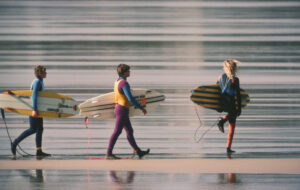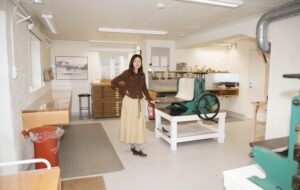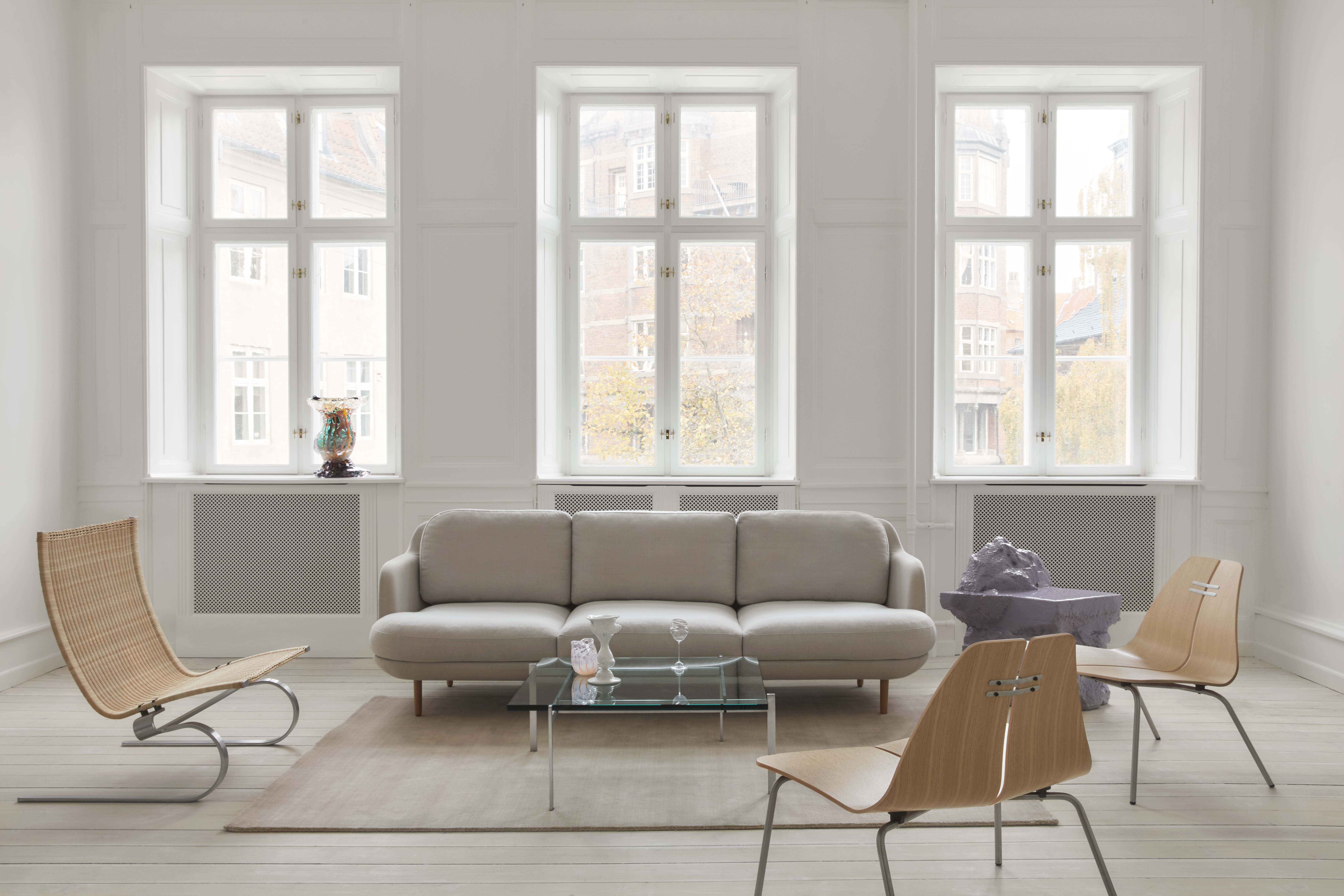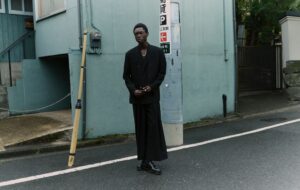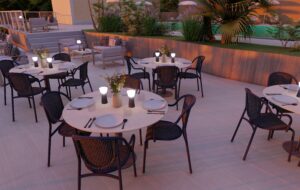

words Anna Bates
Thomas Heatherwick has designed a seaside cafe in Littlehampton on the south-east coast of England. “I wanted the building to look like a thing of unknown origin, washed up on the shore,” says the British designer of his East Beach Cafe.
Practical requirements dictated the building’s long, thin plan, which is sandwiched between a promenade and the pipes of a nearby high-pressure sewage plant running beneath the car park.
Heatherwick sees the heavy steel facade as a reference to England’s ship building heritage, but the faceted shape is deliberately ambiguous. “It’s that thing that catches your eye when you’re walking along the beach,” he says, like an unusually shaped rock or piece of seaweed.
The form is derived from the staggered wall of glass doors that looks out to sea. To protect the doors from vandalism and the elements, heavy shutter blinds were needed. “We didn’t want bulky shutter boxes above the windows,” says Heatherwick, so shutter storage is disguised within the large, curved steel strips that extend from the doors to create the outer shell. “These strips wrap around the building, from the east to west side, so it looks like the steel has been forced through a spaghetti stripper,” says Heatherwick.
On the inside, the 8mm-thick steel is sprayed with insulation foam. Metal shutter blinds are used as interior walls separating the eating area, kitchen, kiosk and toilets.
The cafe replaces a previous kiosk on the sea front. “I was asked to design something that could have sand dragged in by kids, get a good mauling in the summer and take a bashing in the winter,” says Heatherwick. “It also had to have a low construction cost and posh up well.”
The building incorporates a take-away ice cream kiosk – also serving chips in bowls doubling as sandcastle buckets – along with a 45-seat cafe/restaurant.


